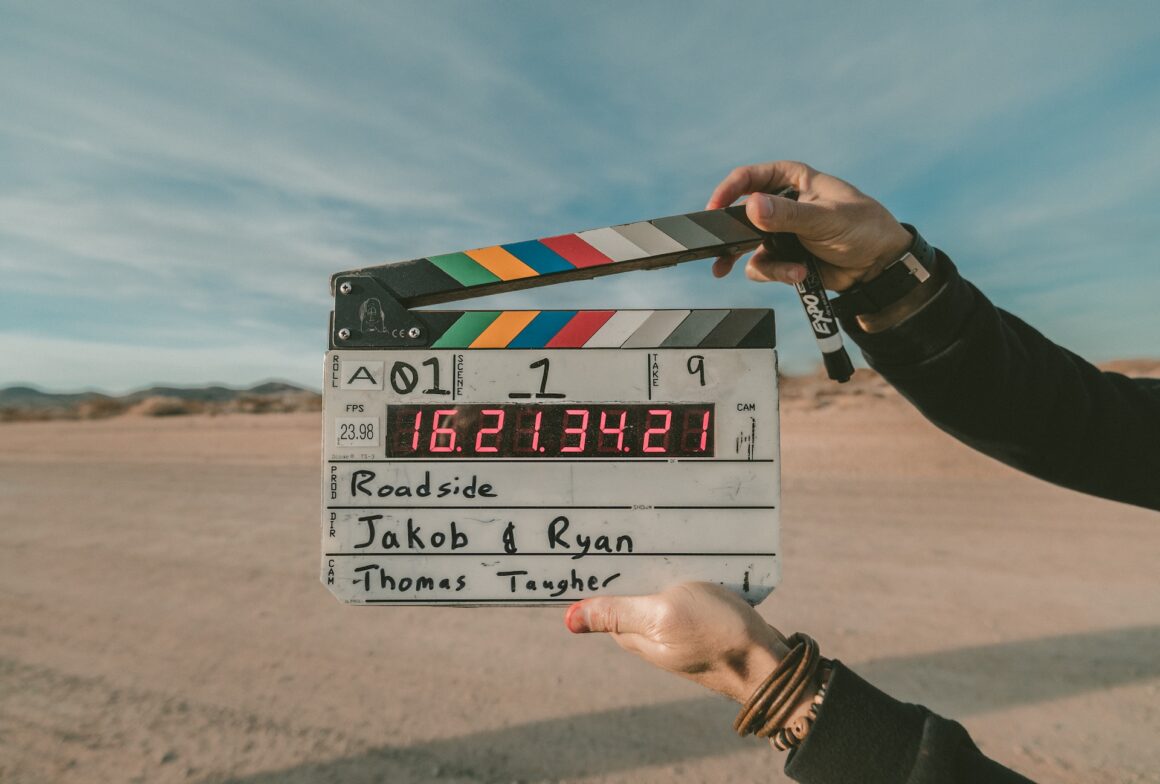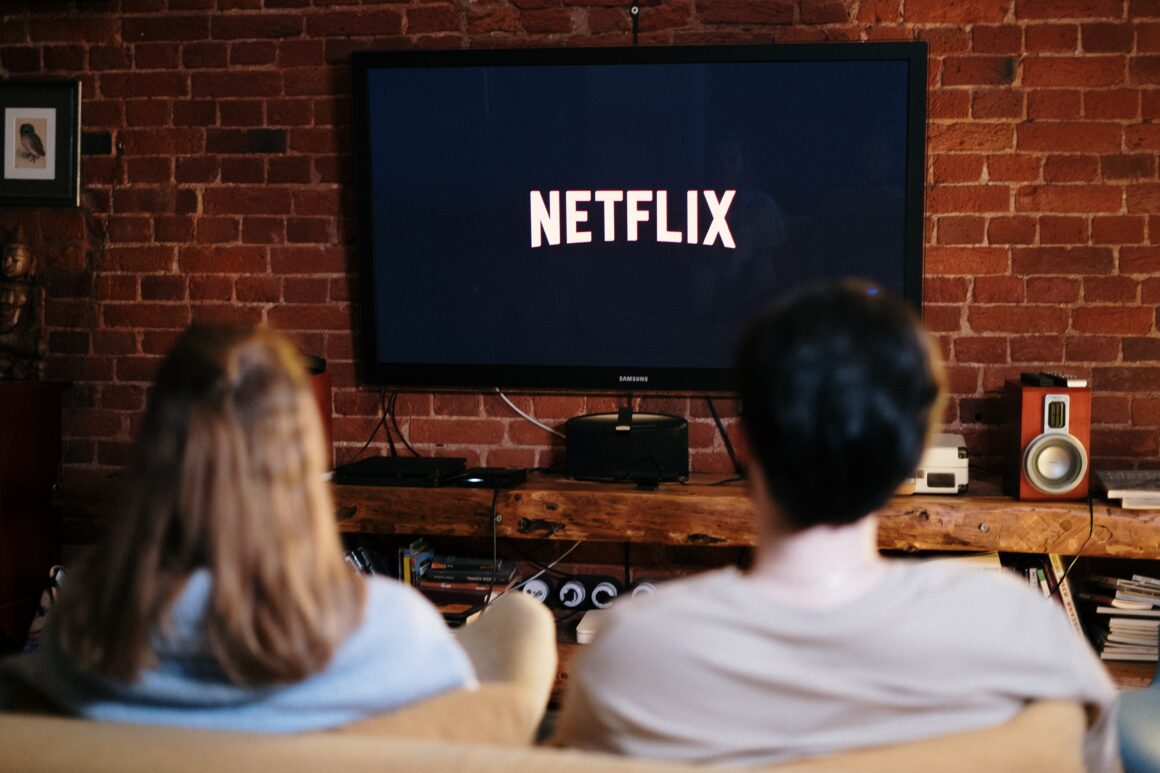It doesn’t take more than a single casual conversation to realize the impact streaming services have made on entertainment today. Gone are the days of channel surfing for a marathon of Friends reruns: thanks to Netflix, along with its counterparts Hulu Plus, Amazon Prime, etc., movies and television series of all kinds are available anywhere within the reach of WiFi or data.
But these new, easily accessible databases have changed more than our methods of consumption: they’ve also changed film in and of itself.
When these companies began to produce their own content, the shift became obvious. The formatting of these new shows–including fan favorites such as Stranger Things and Orange is the New Black–was simply not the same as the decades old format of the standard televised series.
Previously, screenwriters had two options: an hour long episode with a teaser and roughly 4-5 acts, or a half hour sitcom containing a teaser and roughly 2 acts. Both of these established outlines are largely the product of the delivery system they are dispensed via. Based on network time slots, commercial breaks, revenue, and viewer ratings, these formats work well for television, but in the world of streaming, they’ve become obsolete.
“Linear” or network television, is cautious. It tiptoes around the busy lives of its viewers with scheduled releases, and is predictable with its meticulous length and content. Streaming services, however, are more brazen–both in content and in style. As James Poniewozik of the New York Times puts it, “Traditional television…assumes that your time is scarce and it has you for a few precious hours before bed. The streaming services assume they own your free time, whenever it comes.”
Likened to TV miniseries and novels, episodes of streaming series largely function as parts of a whole story rather than as individual stories, each season completing a story arc. And with bulk season releases, the speed at which the story is consumed is entirely up to the viewer, introducing the ultimate question: to binge, or not to binge?
This new platform also provides screenwriters and producers with more opportunities to break out into the public eye–with more creative content. While broadcast and network television are limited in their need to remain somewhat family friendly and cater to their audiences, Netflix and Amazon Prime original series’ writers have been able to flex their creativity and originality. These two companies have provided artists with some much needed wiggle room–and diversity–in the way of content.
This is an art movement that cannot be ignored. Be it intentional or an accident of fate, streaming services have left quite an impact on the film industry. They’ve revolutionized the content, style, and methods of consumption of film, and have even changed viewer attitudes. But they’re not stopping here: streaming services and the new sub-genre they’ve created are just getting started.




